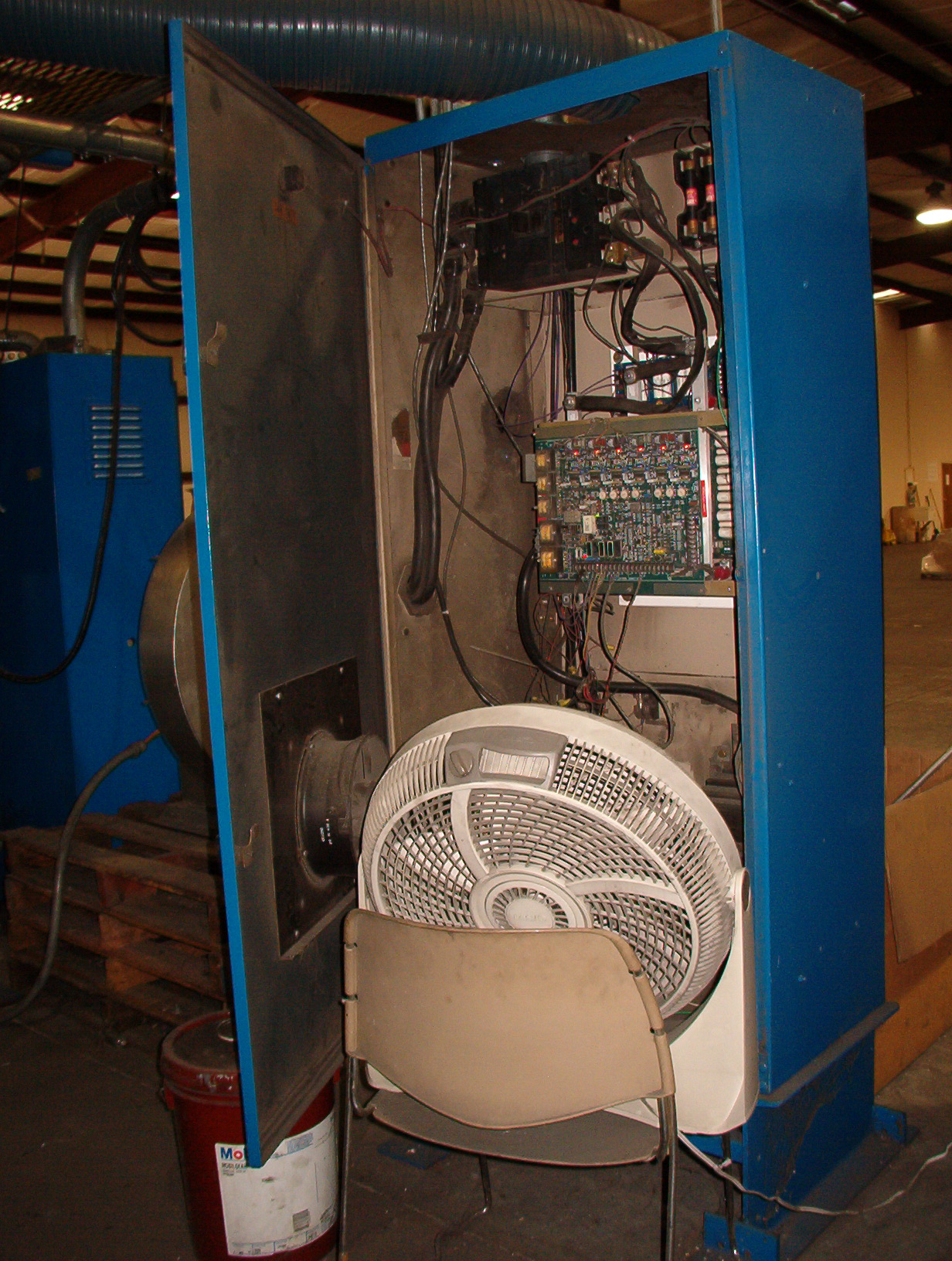
Maintenance can be a subject that produces heated debate, especially on a 24/7 production schedule. Do you run the machine continuously until it breaks down or do you set aside time on a schedule and do regular maintenance?
There are three major maintenance factors leading to malfunction of drive and motor control systems.
1) Loose or bad connections. This includes power cables and lugs, contactor poles that are burned and control wires that are loose and cause intermittent operation or chatter of relays or other control devices.
2) The wrong type or grade of brushes in DC motors. If the brushes are too hard they cause pitting and arching of the commutator. If they are too soft they act as an abrasive and grind the commutator as well as send lots of conductive carbon and copper dust into every part of the motor causing eventual short circuits and ground faults.
3) Heat. This is by far the most destructive for Motors and Drives and is the cause of great reduction in the life expectancy of the equipment. Drives and motors all have their rated maximum temperature of operation. Continuous operation in the upper temperature ranges will cause rapid deterioration of the components.
The above three items can all be prevented by observing the following rules.
1) Ensure that all connections are checked at least once a year. Wire insulation that is changing color and becoming brittle is an indicator that a bad connection exists. There are infrared tests that can be done to discover hot spots.
2) Commutators and brushes should be checked at least every three months. If new brushes have been installed, check every couple of days for three to four weeks to ensure that they are working correctly. The commutator should have sheen to it. There should be no grooves in the copper where the brushes run, and no sandy or dull copper color. It should not have spots that look like arc welding has been done on the commutator. Observe the commutator while the motor is running by removing a cover plate. Do not touch any part of the interior of the motor while the power is on or the motor is running. If there is arcing or sparking, these are indicators that a DC motor expert should be called to do a closer inspection and determine what action should be taken to rectify the problem.
There are 2 reasons for overheating.
1) Insufficient cooling has been provided. Overheating can come from a large drive in a small enclosure, insufficient air flow to keep the drive cool or the drive/motor are placed in an environment where a lot of heat makes the supplied cooling inadequate. *This is one of the most common reasons for drive and motor failure.
2) The cooling supplied is not working properly. Clogged air filters or fan blades packed with dust won’t allow the air to be moved as it should. The air outside the motor and enclosure should be cool, dry and free from large quantities of airborne contaminants such as oil vapor, ink vapor and paper dust. If you can’t hold your hand on the casting of the motor comfortably for ten seconds, the motor is too hot.
Keep the filters and fan blades clean. Change the filters when needed and make sure that the filters are correctly in place. Maintenance on a two or four weekly cycle will extend the life of your equipment by years. And will reduce production downtime. Call us for an equipment evaluation today, it will save you thousands!

